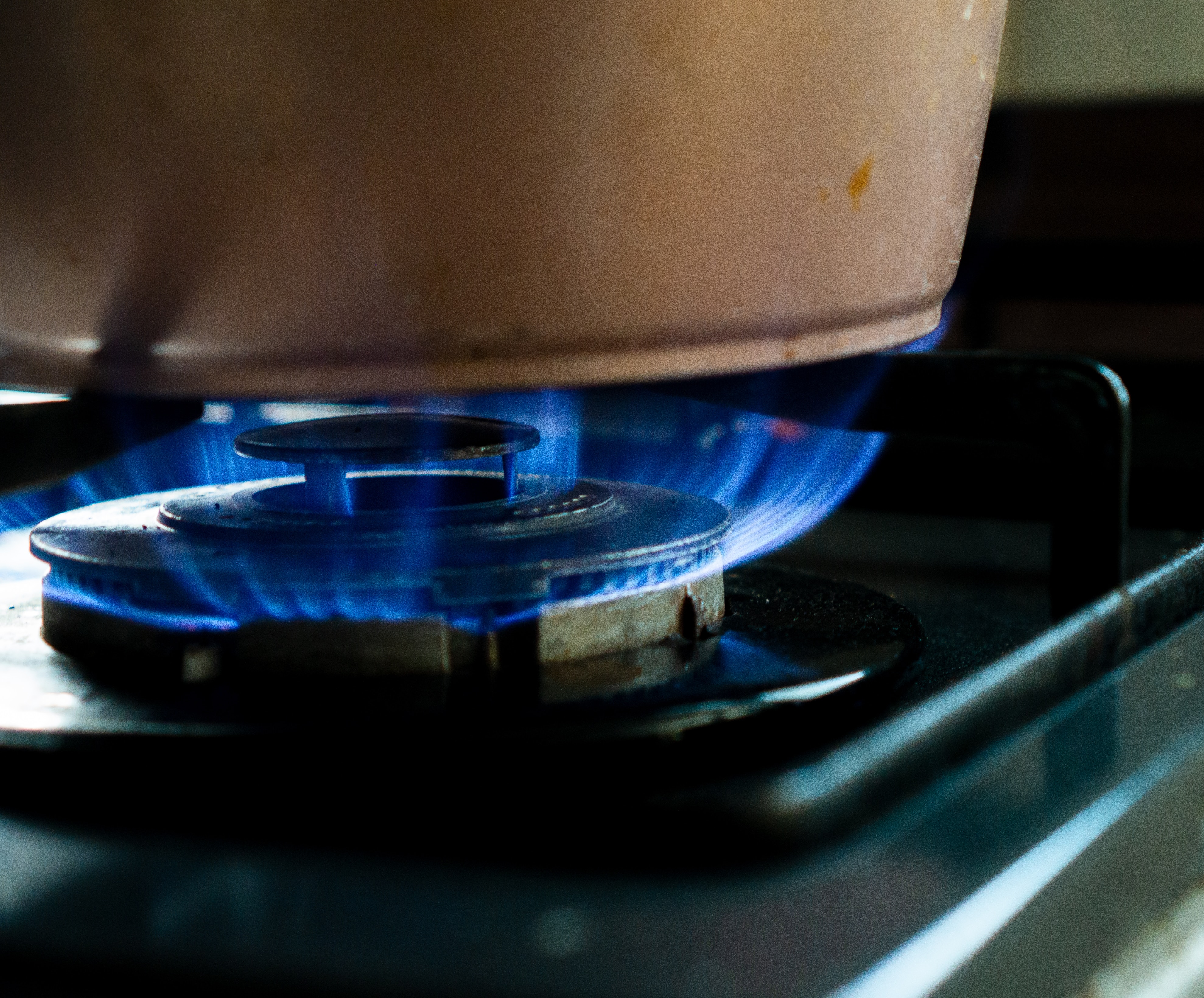The heat setting on a stove is one of the most crucial aspects to get correct when cooking. The ideal outcomes need the use of the proper heat level, whether you’re boiling a soup, searing a steak, or sautéing vegetables. However, it might be challenging to understand what each heat setting signifies given the wide variety of stoves and heat settings available.
We’ll concentrate on one specific topic in this blog post: what does “medium heat” on a stove mean? We’ll define medium heat, describe where to find it on various stove types, and offer advice on how to use medium heat for various cooking methods. Understanding medium heat is essential for consistently producing tasty meals, whether you’re a novice cook or a seasoned one.
On a stove, the term “medium heat” often refers to a heat setting that is in the centre of the range of heat levels that are available. It is frequently used to prepare a variety of foods, including sautéing vegetables, simmering sauces, and pan-frying meat, as it is neither too hot nor too cool. Depending on the sort of stove you’re using, the size and type of pan you’re using for cooking, and other factors, the precise temperature of medium heat may change.
Turning the knob on a gas stove to the level that is roughly midway between the lowest and highest heat settings will provide medium heat. On an electric stove, you can produce medium heat by turning the burner dial to the middle position or by adjusting the digital temperature control.
Hold your hand about 6 inches above the surface of the pan to see if your stove is at medium heat. You should feel a modest amount of heat emanating from the pan at medium heat, but not enough to make holding your hand there uncomfortable.
While cooking on a stove, use medium heat to ensure consistent cooking and avoid sticking or burning. It is a flexible heat setting that is useful for a variety of cooking methods, making it an important tool in any cook’s toolbox.

Which foods are most suited to medium heat on a stove?
A stove’s medium heat setting is a flexible one that may be utilised for a wide range of meals and cooking methods. Foods that can be prepared on medium heat include the following:
- Vegetables: Vegetables can cook more uniformly and stay in the pan without burning or sticking when sautéing or stir-frying them over medium heat. For softer veggies like onions, peppers, and mushrooms, this heat setting is best.
- Meat: Medium heat heating will enable the development of a crispy surface without overcooking the interior. To pan-fry chicken, pork chops, and steak, use this heat setting.
- Cooking eggs over a medium heat ensures that they are thoroughly cooked without burning or overcooking. For omelettes, frittatas, and scrambled eggs, use this heat setting.
- Rice and other grains: Cooking rice and other grains at a medium heat can help them cook uniformly without burning or sticking to the pan’s bottom.
- Rather than boiling or overcooking the ingredients, simmering soups and stews on medium heat can allow the flavours emerge gradually.
To avoid burning or undercooking when cooking on medium heat, it’s critical to keep an eye on the food and adjust the heat level as necessary. In general, medium heat is a flexible setting that can aid in producing meals that are flavorful and cooked all the way through.

How does saucepan effect the transfer of heat on a stove?
When cooking on a stove, the type of saucepan you use can have a big impact on how much heat gets transferred. The qualities of various materials used to construct saucepans can change how quickly they heat up, how heat is distributed uniformly, and how much heat is retained.
For instance, stainless steel pots are well-liked for their longevity and resistance to rust, but they are not excellent heat conductors. As a result, they take longer to heat up and disperse heat unevenly, which can result in hot areas in the pan that might cause your food to burn. Nonetheless, stainless steel is effective at holding heat, making it a suitable option for foods that must stay heated for an extended period of time.
On the other hand, copper pots are pricey, require frequent upkeep to keep them looking their best, and are good heat conductors and uniformly disperse heat. Another efficient heat conductor is aluminium, but it frequently reacts with acidic foods, giving food a metallic taste and discolouration.
Cast iron pots and pans are wonderful for cooking foods that need a lot of time and slow heat retention. Unfortunately, they can be cumbersome and take a while to heat up, making them unsuitable for recipes that call for rapid cooking.
In conclusion, a saucepan’s material has a significant impact on how well it conducts heat when placed on a burner. The type of cooking you’ll be doing, the heat source you’ll be utilising, and the level of care you’re willing to put forth should all be taken into account when selecting a saucepan. Your food will cook perfectly and uniformly if you select the appropriate saucepan for the task.
Relevant Articles
Why Are Saucepan Handles Usually Made From Wood Or Plastic?
Can You Overcook Meat In A Slow Cooker?

Comments are closed